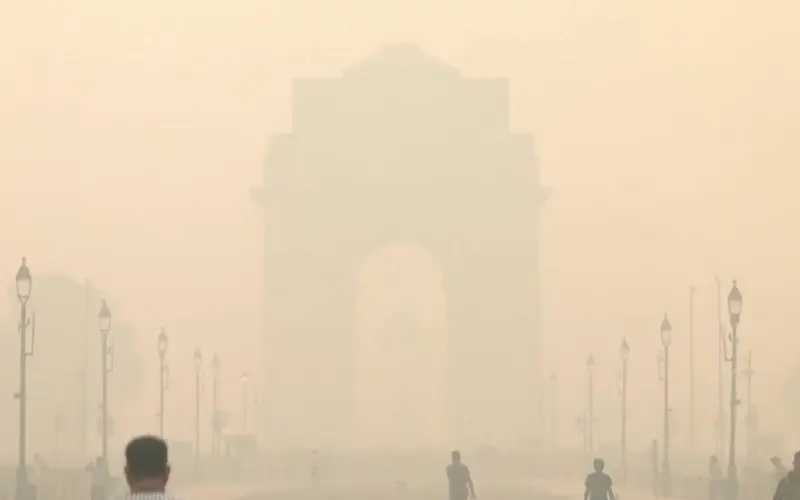Air Pollution Crisis in New Delhi After Diwali Festival
Friday, 2025/11/14240 words3 minutes518 reads
In the aftermath of Diwali, the Hindu festival of lights, New Delhi has found itself engulfed in a severe air pollution crisis, with air quality indices soaring to alarming levels. As of Wednesday, the city's PM 2.5 concentration – a critical measure of air pollutants – surpassed the World Health Organization's annualized guideline level by a staggering 40 times, according to data from Swiss air quality monitoring firm IQAir.
This acute deterioration in air quality is attributed to a confluence of factors, chief among them being the widespread use of firecrackers during Diwali celebrations. Despite regulatory efforts, including a Supreme Court mandate permitting only 'green' firecrackers within specified time frames, enforcement has been lax, with residents reporting prolonged use of conventional firecrackers well beyond the stipulated curfew.
Compounding this issue is the seasonal agricultural practice of stubble burning in surrounding regions, which coincides with the onset of winter. This combination has created a perfect storm of pollutants, enveloping the capital in a toxic haze and jeopardizing the health of its 20 million inhabitants.
The gravity of the situation is reflected in the testimonies of local residents, who report immediate physical discomfort upon venturing outdoors. Despite years of data highlighting this recurring crisis, effective long-term solutions remain elusive. Previous mitigation attempts, including the installation of smog towers and implementation of traffic restrictions, have yielded limited success, underscoring the need for more robust and coordinated efforts to address this perennial environmental challenge.
